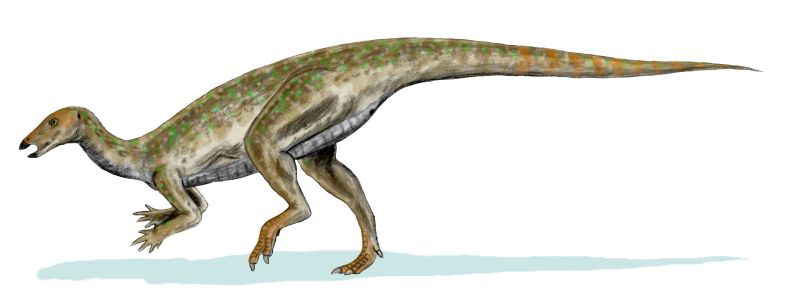When a volcano erupts, it leaves behind more than just destruction. Sometimes, it creates the perfect conditions for preserving a moment in time—a prehistoric snapshot that might include the footprints of dinosaurs traversing ancient terrain. These fossilized tracks in volcanic ash provide paleontologists with remarkable insights into dinosaur behavior, ancient ecosystems, and prehistoric landscapes that would otherwise remain hidden in the mists of time. These rare traces allow scientists to reconstruct not just what dinosaurs looked like, but how they moved through their world and interacted with their environment millions of years ago.
The Preservation Process: How Volcanic Ash Creates Perfect Fossils
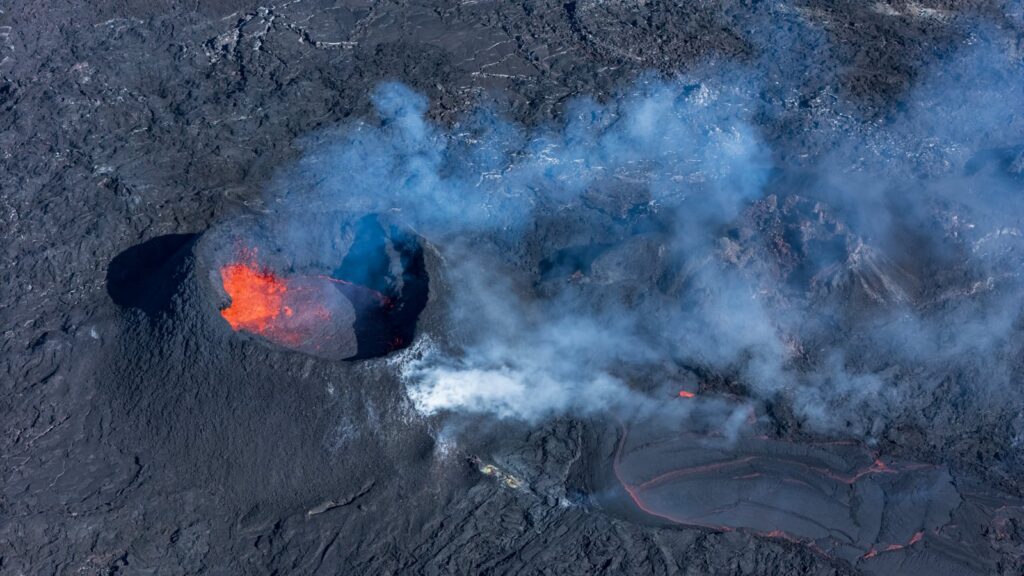
Volcanic ash creates ideal conditions for preserving dinosaur tracks through a unique combination of timing and chemistry. When dinosaurs walked across fresh ash deposits, their footprints compressed the fine, soft material, creating detailed impressions of their feet. Unlike mud or sand, volcanic ash often contains minerals that rapidly harden, especially when exposed to water, essentially “setting” the tracks like concrete. This rapid lithification process protects the impressions from erosion and distortion. Additionally, subsequent ash falls from later eruptions frequently covered and sealed these tracks, protecting them from weathering for millions of years. The fine-grained nature of volcanic ash also captures minute details like skin textures and claw marks that would be lost in coarser sediments, making these impressions extraordinarily informative for paleontologists studying ancient life.
Reading the Tracks: What Footprints Reveal About Dinosaur Movement
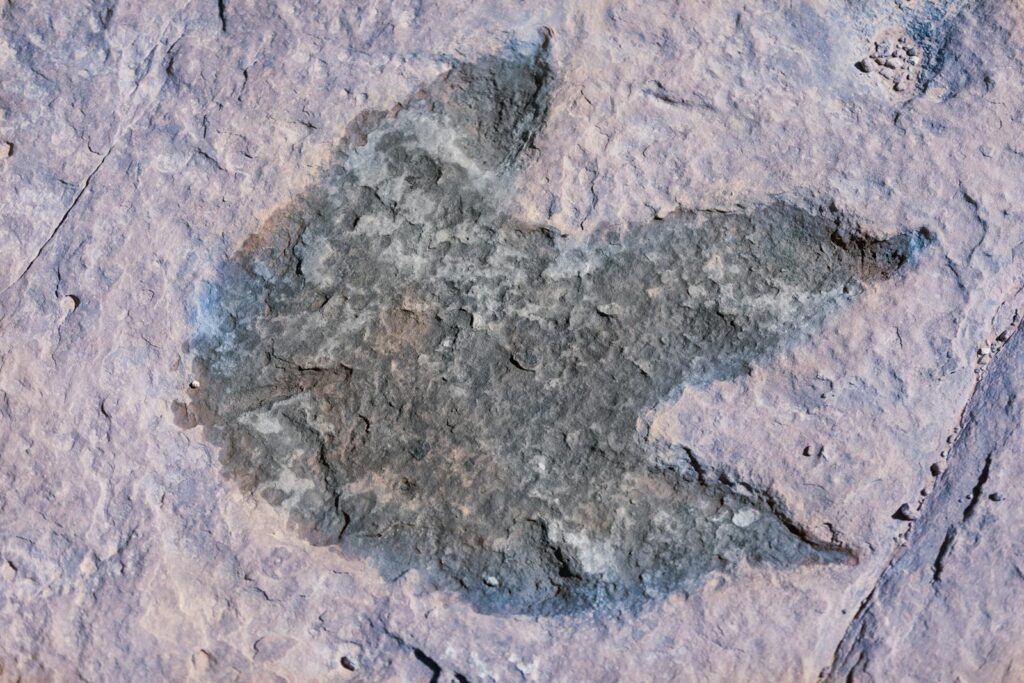
Dinosaur tracks preserved in volcanic ash offer unique insights into how these creatures moved that skeletal remains simply cannot provide. By analyzing stride length, foot placement, and the depth of impressions, paleontologists can calculate approximately how fast a dinosaur was moving when it left its prints. Deep heel impressions with widely spaced tracks typically indicate running behavior, while evenly pressed tracks with regular spacing suggest a walking gait. Researchers have identified fascinating behaviors like tiptoeing, changing direction, and even instances where dinosaurs shifted from walking to running—possibly indicating predator-prey interactions. Some trackways even reveal biomechanical details such as weight distribution and posture, helping scientists understand if certain species moved with tails elevated or dragging, or how their hip joints functioned during locomotion. These movement patterns help bring extinct animals to life in ways bones alone cannot achieve.
Social Behavior Evidence: Group Dynamics Written in Ash

Some of the most revealing dinosaur trackways in volcanic deposits provide compelling evidence of social behavior among certain species. Multiple parallel trackways of the same species moving in the same direction strongly suggest herding behavior, particularly when they include footprints of different sizes indicating adults and juveniles traveling together. In several famous volcanic ash sites, such as those in New Mexico and Spain, paleontologists have documented dozens of individual trackways showing coordinated movement patterns that would be unlikely without some form of social organization. Other trackways reveal potential hunting strategies of predatory dinosaurs, showing how they may have surrounded prey or worked in coordinated groups. Some volcanic deposits even preserve intersecting trackways that indicate different species avoiding each other or potentially interacting, offering rare glimpses into community dynamics of ancient ecosystems. These behavioral insights would be impossible to determine from skeletal remains alone.
Landscape Reconstruction: Reading Between the Footprints

The surrounding matrix of volcanic ash itself contains valuable data about ancient landscapes that dinosaurs inhabited. By analyzing the mineral composition and layering of ash deposits containing footprints, geologists can determine aspects of the local environment such as proximity to active volcanoes, elevation, and even seasonal conditions at the time tracks were made. Plant impressions and other organic material sometimes preserved alongside dinosaur tracks help scientists reconstruct the vegetation that surrounded these animals. In some cases, researchers have identified the presence of ancient waterways, coastal environments, or forests based on sedimentary features in the ash layers. Paleoecologists use this comprehensive picture to understand how dinosaurs utilized different parts of their habitat and adapted to volcanic environments. The distribution patterns of tracks across these ancient landscapes also reveal which areas dinosaurs preferred and which they avoided, providing insights into habitat selection and resource utilization.
Chronological Markers: Dating Dinosaur Activity

Volcanic ash deposits offer a significant advantage over many other fossil-bearing sediments: they can be dated with remarkable precision. The radioactive elements in volcanic materials decay at known rates, allowing scientists to determine exactly when eruptions occurred using radiometric dating techniques. This precise dating capability means that dinosaur tracks in volcanic ash can serve as accurate chronological markers, helping paleontologists understand exactly when certain species lived and moved across specific landscapes. Multiple layers of ash containing tracks can reveal changes in dinosaur populations or behaviors over time, creating a sequential record of prehistoric life. This temporal precision has allowed researchers to correlate dinosaur activity with other geological events, such as sea level changes or climate shifts, providing context for understanding how dinosaurs responded to environmental changes throughout their evolutionary history. In some cases, dated trackways have even helped resolve taxonomic questions by confirming which species existed simultaneously versus which lived during different time periods.
Famous Volcanic Track Sites Around the World

Several remarkable volcanic ash deposits have yielded dinosaur trackways that have revolutionized our understanding of prehistoric life. The Laetoli site in Tanzania, though famous for early hominid tracks, also contains dinosaur prints preserved in volcanic ash from ancient East African eruptions. In the United States, Colorado’s Dinosaur Ridge preserves hundreds of tracks in ash layers from the Late Jurassic period, showing multiple species navigating a landscape transformed by volcanic activity. New Mexico’s Clayton Lake State Park contains over 500 dinosaur tracks preserved in ash-influenced sediments, revealing a bustling prehistoric ecosystem. Outside North America, Spain’s Fumanya site showcases titanosaur trackways in volcanic muds, while China’s Zhucheng region contains thousands of tracks preserved by ash from ancient Pacific Rim volcanoes. Each location represents a unique combination of volcanic events and dinosaur activity, providing snapshots of different prehistoric worlds connected by the same preservation mechanism. These sites continue to yield new discoveries as technology advances, allowing more detailed analysis of these ancient impressions.
Ecological Interactions: Predator-Prey Dynamics

One of the most dramatic stories told by dinosaur tracks in volcanic ash involves predator-prey relationships captured in a moment of prehistoric drama. Several sites worldwide preserve evidence of potential hunting behaviors, including parallel theropod tracks following herbivore paths at consistent distances, suggesting stalking behaviors. In rare cases, researchers have discovered what appear to be chase sequences, where the stride length of both predator and prey tracks suddenly increases, indicating both animals broke into a run. Even more compelling are instances where tracks show defensive circling behaviors of herbivores, particularly ceratopsians and hadrosaurs, creating protective formations against approaching predators. The Lark Quarry tracksite in Australia, though not volcanic in origin but similar in preservation quality, famously records what many interpret as a dinosaur stampede potentially triggered by a large predator. These preserved interactions provide direct evidence of ecological relationships and behavioral adaptations that shaped dinosaur evolution, offering glimpses of ancient food webs in action rather than just theoretical reconstructions based on teeth and bones.
Climate and Environmental Indicators in Track-Bearing Ash

Volcanic ash layers containing dinosaur tracks often preserve evidence of ancient climate conditions that affected dinosaur behavior and distribution. The chemical composition of ash can indicate atmospheric conditions at the time of deposition, while associated plant fossils and soil development between ash layers can reveal temperature and precipitation patterns. In some locations, tracks show seasonal variations in dinosaur activity, with different population densities or species compositions appearing in successive layers representing different times of year. Researchers have identified trackways that suggest migrations between environments, potentially in response to seasonal changes or volcanic disturbances. Water-level indicators in ash deposits, such as ripple marks or mud cracks alongside tracks, help paleontologists understand how dinosaurs utilized resources during different climate conditions. This environmental context enriches our understanding of how dinosaurs adapted to challenging conditions, including periods of volcanic activity that would have significantly altered their habitats through ash falls, gas emissions, and temperature changes.
Technological Advances in Track Analysis

Modern technology has revolutionized how scientists study dinosaur tracks in volcanic ash, uncovering details that would remain invisible to earlier generations of researchers. Photogrammetry and 3D scanning create precise digital models of trackways, allowing measurements accurate to fractions of a millimeter and revealing subtle features like skin impressions or pressure ridges. These digital models can be enhanced through computer analysis to highlight details not apparent to the naked eye and shared globally for collaborative research without risking damage to original specimens. Ground-penetrating radar and other remote sensing technologies now let scientists detect tracks hidden beneath the surface or embedded within rock layers without destructive excavation. Advanced chemical analyses of the surrounding ash can determine exact volcanic sources and atmospheric conditions at the time tracks were made. Experimental studies using modern animals walking through similar substrates help create comparative models for interpreting dinosaur locomotion more accurately. These technological approaches have transformed track analysis from simple measurement and classification to sophisticated biomechanical and behavioral modeling that brings ancient ecosystems to life with unprecedented detail.
Volcanic Catastrophes: Tracking the Final Days

Some of the most poignant dinosaur trackways in volcanic ash may represent the final activities of dinosaurs living in volcanically active regions before catastrophic eruptions. Certain trackway sites show evidence of dinosaurs navigating landscapes already affected by ash falls or volcanic gases, providing insights into how these animals responded to deteriorating conditions. Researchers have identified tracks showing unusual movement patterns that suggest disorientation or respiratory distress, potentially caused by volcanic gases or reduced visibility from ash in the air. In rare cases, tracks abruptly end where animals may have been overcome by pyroclastic flows or collapsed in toxic environments. The famous Chicxulub impact that contributed to dinosaur extinction created tsunami-like waves carrying volcanic materials that preserved some of the last dinosaur tracks made before the mass extinction event. These tragic snapshots capture dinosaur behavior during environmental crises, offering parallels to how modern animals respond to volcanic hazards. The study of these “terminal trackways” helps scientists understand not just how dinosaurs lived, but potentially how some populations met their end in volcanically active regions throughout the Mesozoic era.
Evolutionary Insights from Volcanic Track Records

The preservation of dinosaur tracks in volcanic ash across different time periods provides a unique window into evolutionary changes that occurred in locomotion and foot morphology. By comparing tracks from Early Jurassic volcanic deposits with those from Late Cretaceous ash layers, paleontologists can trace the development of different stance types, foot structures, and movement patterns as dinosaurs diversified. These track records have revealed evolutionary transitions not yet documented in skeletal fossils, such as changes in weight distribution or toe usage that indicate adaptations to new ecological niches. In some lineages, tracks show a gradual change in foot posture over millions of years, reflecting broader evolutionary trends like increasing body size or shifting from bipedal to quadrupedal stance. Trackways have also documented the first appearances of certain biomechanical innovations, sometimes predating skeletal evidence for these adaptations. This evolutionary perspective from tracks complements the fossil record, sometimes filling gaps where body fossils are scarce or providing confirmatory evidence for evolutionary hypotheses based on skeletal remains.
Conservation Challenges of Volcanic Track Sites

Dinosaur tracks preserved in volcanic ash present unique conservation challenges that differ from those of traditional body fossils. The surface nature of many track sites makes them particularly vulnerable to weathering, erosion, and human activities like development or unauthorized collection. Unlike bones that can be excavated and moved to museums, trackways often must be preserved in their original location to maintain their scientific context and the broader picture of movement patterns they represent. Many important volcanic track sites lack adequate protection or are discovered during construction or mining activities, creating urgent preservation needs. Conservation approaches include creating protective structures over significant sites, creating high-resolution 3D documentation before tracks are damaged, and developing specialized hardening treatments that can stabilize deteriorating ash layers without damaging the tracks. The scientific value of these sites has prompted international collaboration on preservation techniques, including innovative approaches like creating replicas for public display while protecting original tracks. Despite these efforts, climate change threatens many exposed trackway sites through increased weathering and extreme weather events, making documentation and preservation increasingly urgent.
Future Directions in Volcanic Track Research
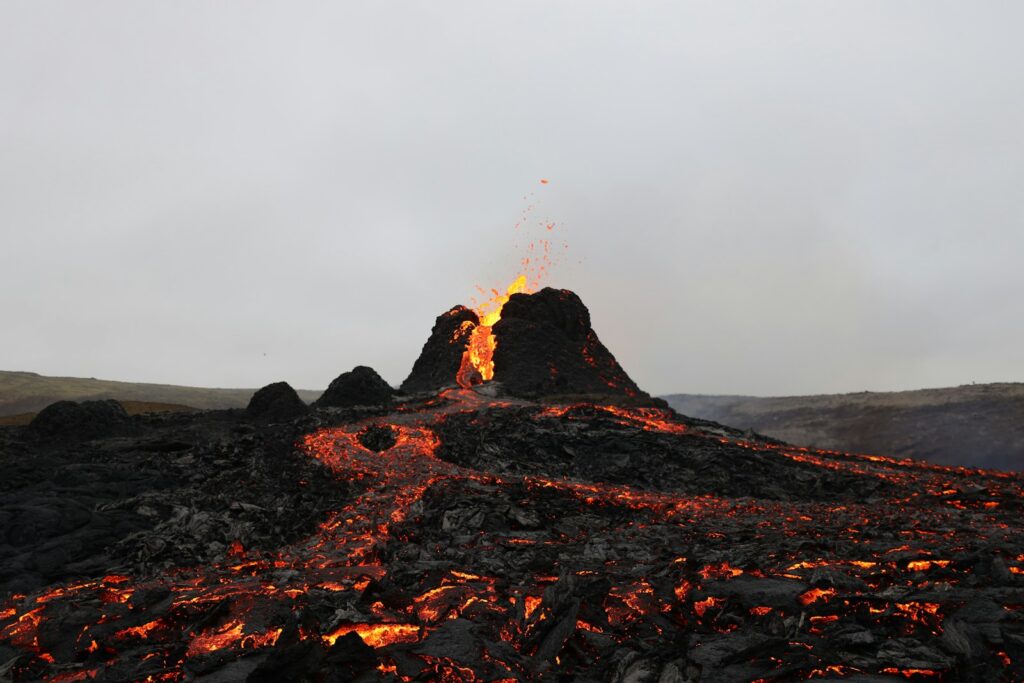
The study of dinosaur tracks in volcanic ash continues to evolve, with several promising research directions expanding our understanding of ancient life. Integration of track data with computer simulations of dinosaur biomechanics is creating more accurate models of how these animals moved, including details like muscle activation patterns and energy efficiency. Researchers are applying machine learning algorithms to detect subtle patterns in trackway distributions that might reveal previously unrecognized behaviors or environmental responses. New analytical techniques are allowing scientists to detect biochemical traces left in footprints, potentially revealing information about dinosaur physiology or stress levels as they traversed volcanic landscapes. Cross-disciplinary approaches combining volcanology, climate science, and paleontology aim to understand how dinosaurs adapted to volcanic disturbances throughout their evolutionary history. As exploration continues in volcanically active regions worldwide, previously undiscovered track sites promise to fill gaps in our understanding of dinosaur distribution and diversity across different environments. These advancing research frontiers ensure that ancient footprints in ash will continue to provide fresh insights into prehistoric life for generations to come.
Conclusion
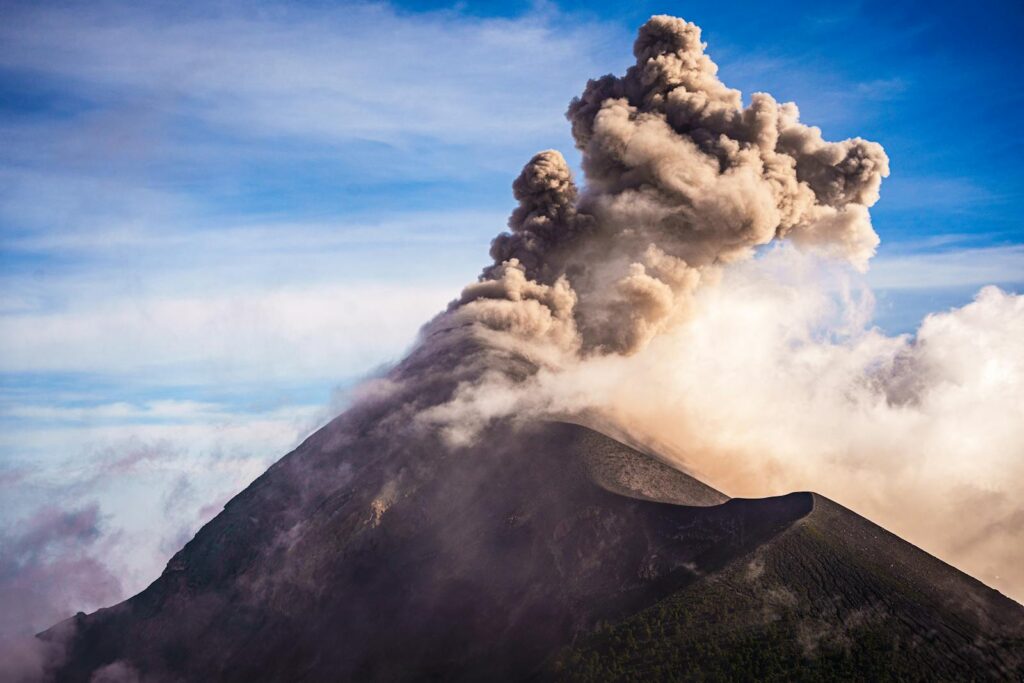
Dinosaur tracks preserved in volcanic ash represent extraordinary time capsules that connect us directly to moments when living, breathing dinosaurs traversed ancient landscapes. These fossilized impressions offer unique insights that complement the skeletal record, revealing behaviors, movements, and ecological interactions invisible in bones alone. As technology advances and cross-disciplinary approaches emerge, these preserved footprints continue to deepen our understanding of how dinosaurs lived, moved, and adapted to their environments—including the volcanic landscapes that would ultimately preserve their presence. Through careful study of these ancient trackways, scientists continually refine our picture of prehistoric worlds and the remarkable creatures that inhabited them, turning fleeting moments from millions of years ago into lasting knowledge about Earth’s dynamic history.


